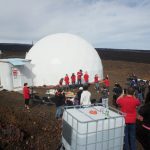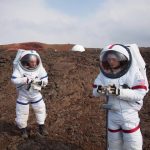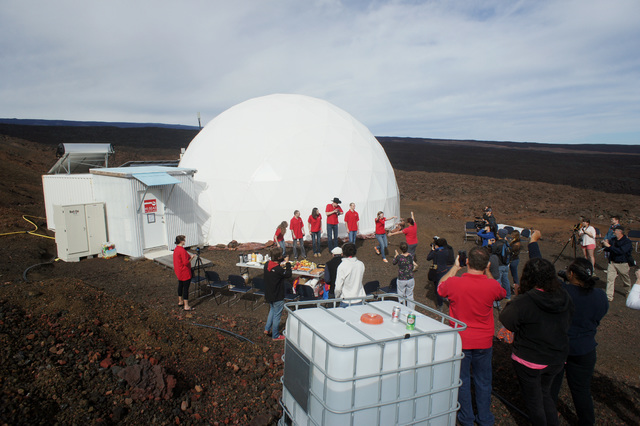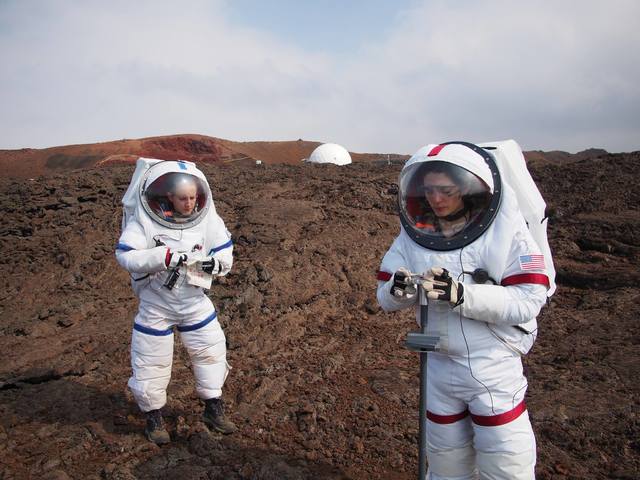Mars simulation begins on Mauna Loa


The crew that will spend a year in isolation during the next Hawaii Space Exploration Analog and Simulation, or HI-SEAS, mission entered the solar powered dome atop Mauna Loa on Friday. This is the fourth and longest HI-SEAS mission yet in the University of Hawaii at Manoa research project that simulates long-duration space exploration.
As with the previous HI-SEAS missions in the NASA funded study, the mission will focus on crewmember cohesion and performance. HI-SEAS researchers are working to develop effective team composition and support strategies to allow crews to successfully travel to Mars and back, an estimated three-year journey.
The crew will be monitored using cameras, body movement trackers, electronic surveys, and other methods. UH researchers and their collaborators will be studying the group’s cohesion over time, gathering data on a wide range of cognitive, social and emotional factors that may impact team performance.
“The longer each mission becomes, the better we can understand the risks of space travel,” said Kim Binsted, HI-SEAS principal investigator and UH professor from the Department of Information and Computer Sciences.
“We hope that this upcoming mission will build on our current understanding of the social and psychological factors involved in long duration space exploration and give NASA solid data on how best to select and support a flight crew that will work cohesively as a team while in space,” Binsted said.



